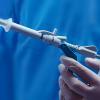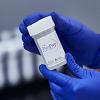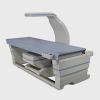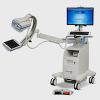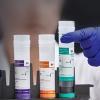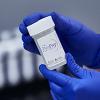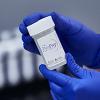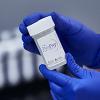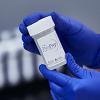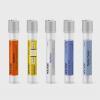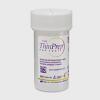The Molecular Diagnostics Revolution and Its Impact on Personalised Care
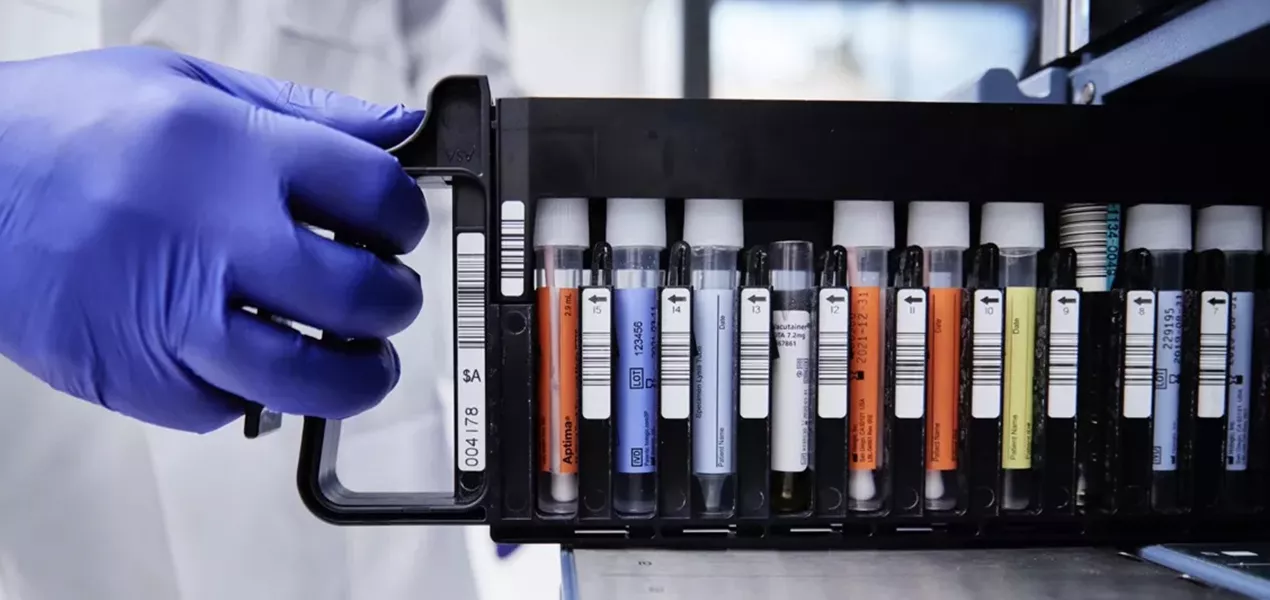
Molecular diagnostics is not an emerging technology, the first tests were developed some decades ago. However, the COVID-19 pandemic has seen an accelerated rate of adoption, with terminology such as ‘PCR-testing’ and ‘mRNA’ becoming well-known to households all over the world. With this increased profile, it is now time to capitalise on the investments made in the past few years and review traditional testing methods.
There are some clear areas where conventional testing is cumbersome and places heavy demand on a skilled workforce, which is not able to expand quickly enough to keep pace with a growing workload. One such example is bacterial vaginosis. The traditional gold standard has been a Gram stain, which is then assessed against the Nugent scoring system. This is a laborious process that relies on an experienced technician to form a subjective diagnosis.1 In recent years, we have seen customers adopt molecular testing to introduce objectivity and crucially, to deliver the same or increased volume with a lower demand on staff time.2
One of the most promising opportunities with molecular testing is to consider how it can be applied to personalised medicine – that is how it can go beyond diagnosis and move towards prognosis, providing crucial information to inform the correct clinical pathway for each individual patient. It is also a key ingredient in the development of more targeted therapies, particularly in oncology.
1434
Hologic BV, Da Vincilaan 5, 1930 Zaventem, Belgium.
Notified Body number wherever applicable
Redelinghuys MJ, Geldenhuys J, Jung H, et al. Bacterial Vaginosis: Current Diagnostic Avenues and Future Opportunities. Front. Cell. Infect. Microbiol. 2020; 10:354
Hologic data on file. ADS-03729-FRA-FR Rev 001


